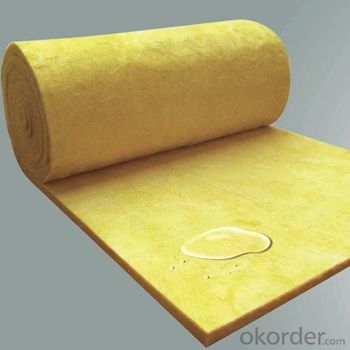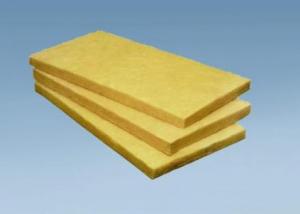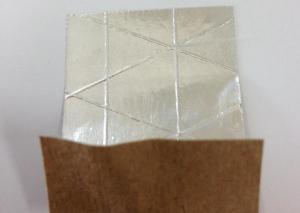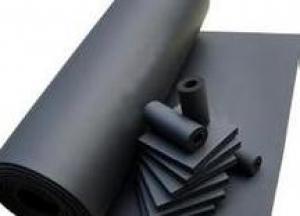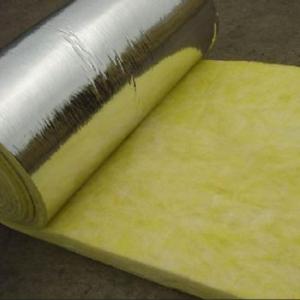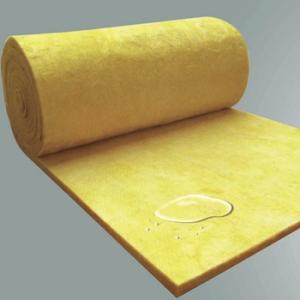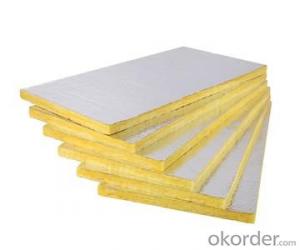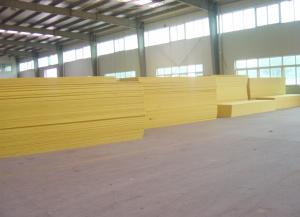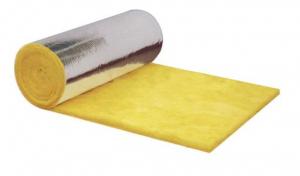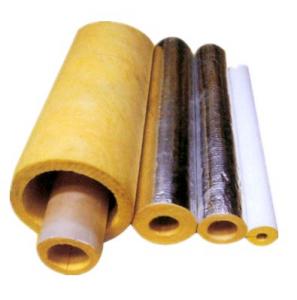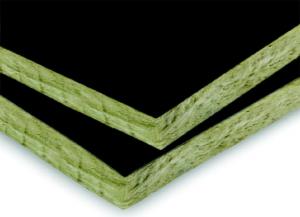Glass Wool Blanket 10kg/m3 with Aluminum Foil Facing
- Loading Port:
- China main port
- Payment Terms:
- TT or LC
- Min Order Qty:
- 100 roll
- Supply Capability:
- 100000 roll/month
OKorder Service Pledge
OKorder Financial Service
You Might Also Like
Glass Wool Blanket 10kg/m3 With Aluminum Foil Facing
1. Glass Wool Blanket 10kg/m3 With Aluminum Foil Facing Description
Glasswool board is the unearthly sound absorbing and warm keeping material. It has been widely applied for heat insulation of house wall, compartment; temperature keeping of computer rooms, refrigerator; denoise of power plants and pump rooms; adjustment of Hi-fi etc.
This special cell structure means that the sheet doe’s not conduct heat. When you lay XPS boards as an underlay any heat from your room or floor will be reflected back towards the floor surface. As you will not be wasting heat through your floor you will utilize your energy in an effective manner and thereby lower your energy consumption and carbon footprint.
2. Glass Wool Blanket 10kg/m3 With Aluminum Foil Facing Main Features
1. Excellent thermal insulation
2. High compressive strength of excellence
3. High-quality water-repellent, moisture resistance
4. Energy saving and environmental protection
5. Excellent heat preservation and insulation
3. Glass Wool Blanket 10kg/m3 With Aluminum Foil Facing Images
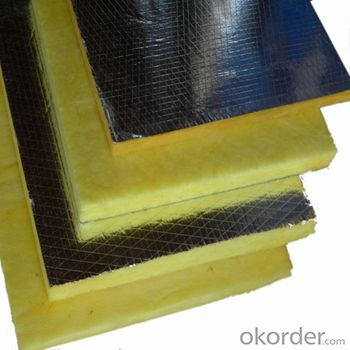
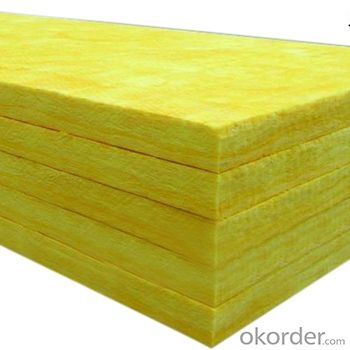
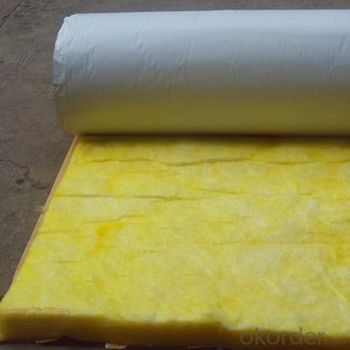
4. Glass Wool Blanket 10kg/m3 With Aluminum Foil Facing Specification
density(kg/m3) | width(mm) | thickness(mm) | length(m) | packing/roll Vacuum package | |
10-48 | 1200 | 25-150 | 10-30m | 2roll | |
10-48 | 1200 | 25-150 | 10-30m | 1roll | two-roll overlapping |
10-48 | 1200 | 25-150 | 10-30m | 1roll | two-roll overlapping |
10-48 | 1200 | 25-150 | 10-30m | 1roll | two-roll overlapping |
10-48 | 1200 | 25-150 | 10-30m | 1roll | two-roll overlapping |
5. FAQ
(1) How about your company?
A world class manufacturer & supplier of glasswool and is one of the large scale professional investment glasswool bases in China. Annually more than 1000 containers of glasswool are exported to markets in Europe, America and Japan.
(2)What is the storage condition?
The products should be stored at room temperature and kept from wet and heat source.
The user should take test and do trial application on the above products before coming into application so as to witness and ensure suitability for user’s special purpose and technique.
(3) How to guarantee the quality of the products?
We have established the international advanced quality management system,every link from raw material to final product we have strict quality test;We resolutely put an end to unqualified products flowing into the market. At the same time, we will provide necessary follow-up service assurance.
(4) How long can we receive the product after purchase?
In the purchase of product within four working days, we will arrange the factory delivery as soon as possible. The specific time of receiving is related to the state and position of customers. Commonly 7 to 10 working days can be served
- Q: Is hyperfine glass fiber cotton different from the centrifugal glass wool?
- Manufacturing techniques of them are different.
- Q: What is the heat conductivity coefficient of glass wool ?
- Glass wool is a kind of spongiform fibre with silicate mineral which can form glass as main material and certain clinker as auxiliary material through fusion, fiber forming and a certain amount of organic binder. It belongs to inorganic glass fiber. Glass wool thermal conductivity is generally less than 0.1W / mK. If the test temperature is not high (150 ℃ or less), you can use transient plane source method. If the material itself is flocculence, you can measure without processing sample.
- Q: What is the difference between imported glass wool and rock wool?
- Glass wool is categorized into glass fiber, which is a manmade inorganic fiber. Glass wool is a material which fibering melting glass to form cottony shape. Its chemical composition belongs to the classification of glass, being an inorganic fiber. So, it is good shaped with small volume density, low thermal conductivity, good thermal insulation and sound absorption properties, great corrosion resistance as well as stable chemical performance. Rock wool board is a manmade inorganic fiber which employs basalt as the material and is produced by melting process at high temperatures, keeping light in weight and low in small thermal conductivity with the features of heat-absorbing and non-flammability.
- Q: whether the sound insulation is asbestos good or the glass wool good?
- glass wool has good sound insulation, and it is commonly used in studio, bar, KTV, etc.
- Q: The difference between glass wool of 50mm and rock wool.
- Glass wool belongs to one of the glass fiber. machine-made fiber cotton wool molten glass fibrosis cotton material belong to glass fiber. type, bulk density, low thermal conductivity, thermal insualtion, acoustic insualtion, anticorrosion, stable chemical performance. Rockwool is also called mineral wool. Use Guangde Shida rock wool and mineral raw materials to make fluffy short fine fibers. Basalt rock wool, pyroxenite, dolomite, iron ore, bauxite can be used to make matrix fiber by going through high temperature melting process and fibrosis.
- Q: How to conduct thermal insulation construction of external wall glass wool?
- Firstly fix glass wool with insulation nails to the wall so as to prevent glass wool from falling. It is so essential to make a vapor barrier on the surface of glass wool so as to avoid moisture condensation of water in the air in glass wool and reduce insulation properties.
- Q: what is the raw materials producing glass wool insulation materials?
- simply put. It is a kind of glass, just like using white sugar to make cotton candy.
- Q: What are the differences between the glass fiber and glass wool? ?
- Glass fiber is a kind of inorganic non-metallic material,which is widely used in the chemical, electronics, communications, etc.; Glass wool is one of the glass fibers, which has narrower applications.
- Q: Is the centrifugal glass wool board suitable for home use?
- Glass wool board is strictly tested by the state, and only through the ability to sell this material, you can use, rest assured
- Q: Why is glass wool board used in portable house on the construction site?
- Low cost
Send your message to us
Glass Wool Blanket 10kg/m3 with Aluminum Foil Facing
- Loading Port:
- China main port
- Payment Terms:
- TT or LC
- Min Order Qty:
- 100 roll
- Supply Capability:
- 100000 roll/month
OKorder Service Pledge
OKorder Financial Service
Similar products
Hot products
Hot Searches
Related keywords



